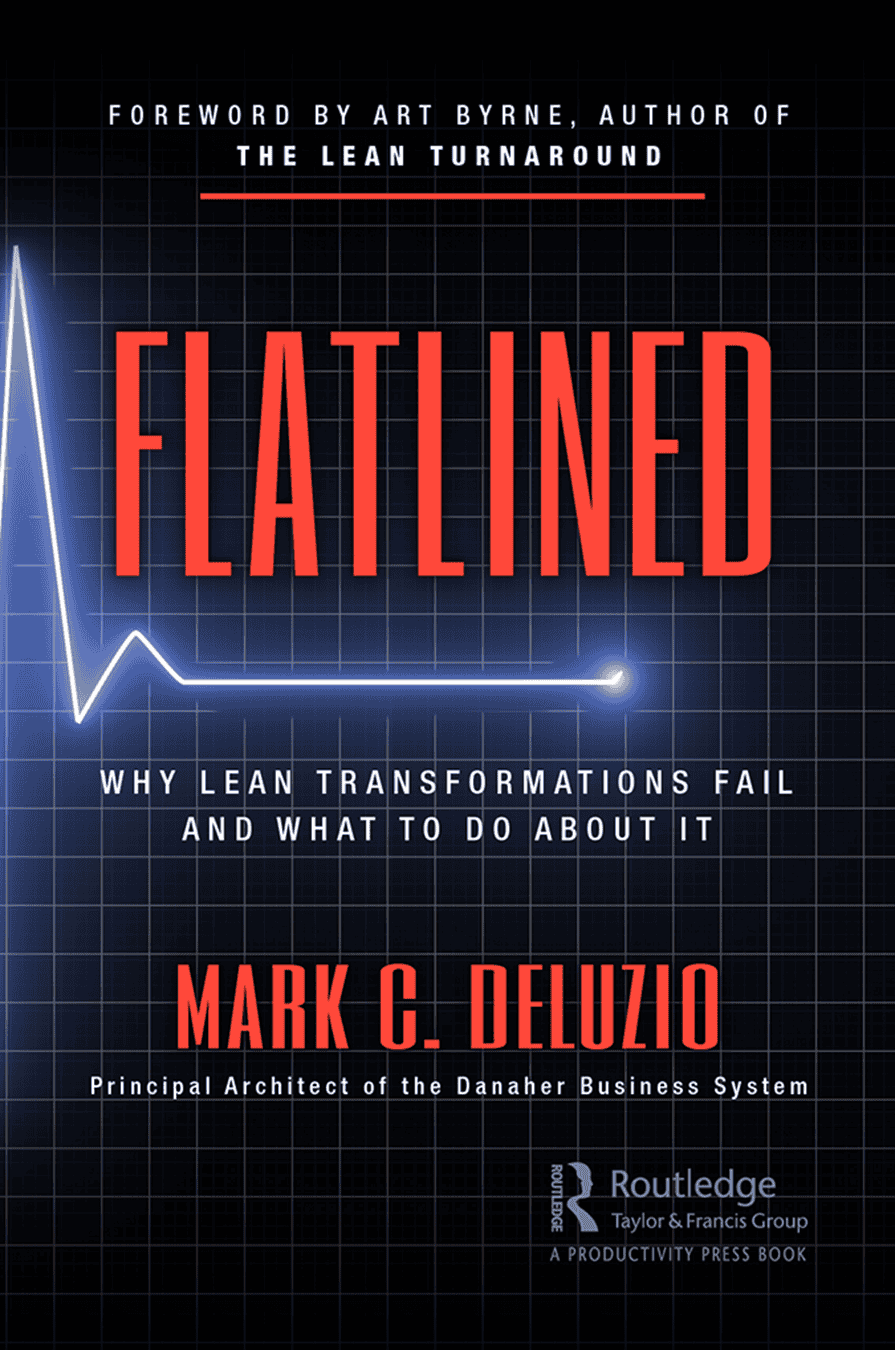When it comes to serving customers effectively and efficiently, few metrics are as universally tracked as on-time delivery (OTD).
It’s the number that shows up again and again in reports, dashboards, and review meetings. But behind many green OTD scores lies a troubling truth: customers aren’t actually getting what they want, when they want it.
Maybe the shipment arrived late. Maybe only part of the order showed up. Or maybe it was “on time” according to your promise date, not the customer request date.
These gaps between internal metrics and external reality are more than just measurement quirks, they’re business risks. If we want to build trust, deliver value, and stay competitive, we need to stop playing games with OTD and start measuring it the way it really counts.
Read on — in this article, we’ll take a closer look at how companies unintentionally mislead themselves with flawed delivery metrics. We’ll unpack the idea of “watermelon KPIs,” explain the real definition of OTD, and show how a better approach to measurement can lead to real growth, trust, and competitive advantage.
First, What Is On-Time Delivery?
On-time delivery is often touted as a key performance indicator, but what does it actually signify?
At its core, on-time delivery means fulfilling a customer’s order completely and exactly when they asked for it. This sounds simple enough. However, in practice, some organizations adjust the definition to fit internal goals or operational constraints.
So, before we dive in, let’s clarify the basics:
- What is on-time delivery (OTD)? The ability to deliver a product or service exactly when the customer expects it.
- What does OTD mean in logistics? It measures how effectively a company delivers goods by the customer’s request date, in full, and with the right quality.
- What is the OTD measure? True OTD is not about ship dates or internal promise dates — it’s about when the customer actually receives the full, correct order.
To sum, the customer’s definition of OTD is simple. They expect the product to arrive on time, as requested, and in full.
However, many companies fall into the trap of measuring based on the negotiated promise date, a metric that can easily overlook delays caused by internal processes. This leads to what’s known as “watermelon KPIs” — metrics that appear healthy internally but are disappointing from the customer’s point of view.
For example, if your company promises a product by the 15th but your customer needs it by the 12th, measuring your OTD success based on the 15th doesn’t reflect the true experience of the customer.
Lead Time as a Growth Engine You Might Be Ignoring
Now that we understand the true meaning of OTD, let’s dive into the often-overlooked driver of delivery performance: lead time.
“Lead time is an unbelievable, powerful growth engine for the business.” — Mark DeLuzio.
Lead time, or the total time from order placement to delivery, is a foundational element of true on-time performance. When lead times are long or inconsistent, meeting the customer’s requested delivery date becomes increasingly difficult. In many cases, organizations compensate by negotiating later promise dates and measuring success against those, rather than delivering when the customer originally needed the product.
Here’s where the connection between lead time and OTD metrics becomes clear:
- Shorter lead times increase the likelihood of meeting true customer request dates.
- They also reduce dependency on unreliable forecasts, enabling more responsive production and supply chain decisions.
- Lastly, shorter lead times offer flexibility to adjust when issues arise — without missing the delivery window.
Beyond customer satisfaction, shorter lead times also create strategic advantages. Distributors, for example, often prefer suppliers with quick turnaround times because it allows them to carry less inventory. Manufacturers benefit as well with less expediting, fewer last-minute changes, and a more predictable, efficient operation.
The takeaway is simple: If your on-time delivery metrics look strong, but customer frustration tells a different story, it’s time to look at lead time.
Watermelon KPIs: The Danger of Misleading Metrics
Now that we’ve explored lead time’s critical role, we can address a common pitfall that many businesses fall into when measuring on-time delivery: watermelon KPIs.
Watermelon KPIs are metrics that look great on the surface (green), but when you cut into them, you find red — the problematic reality from the customer’s perspective.
Some common examples of these misleading practices:
- Measuring by line item instead of complete orders: If you ship 90 out of 100 line items on time, that might look like 90% on-time delivery. But to the customer, who needed a complete order, this order isn’t considered to be on time at all.
- Using the ship date instead of the receipt date: If you ship something on time but it takes several days to arrive, it’s not on time in the customer’s eyes.
- Accepting partial quantities as success: Sending 95 of the 100 units a customer asked for isn’t 95% success, it’s an incomplete delivery.
Each of these scenarios creates a gap between what internal metrics show and what the customer experiences. This mismatch leads to false assurances within organizations and creates both short-term frustration and long-term loss of trust for the customer.
That’s a watermelon KPI in action.
Why 98% Isn’t Good Enough When It Comes to OTD Metrics
In some companies, a 98% on-time delivery rate is considered a win. But Lean principles take a harder stance. The standard should be 100% — no ifs, ands, or buts. Because, if two out of every hundred customers receive late or incomplete orders, is that really acceptable?
Achieving this level of consistency requires a shift in mindset from tolerating defects, no matter how seemingly small, to actively pursuing zero-defect performance. Too often, minor errors are written off as inconsequential. But for the customer who received the wrong item, or didn’t receive it at all, the entire order is compromised.
This mindset shift is transformative. It refocuses teams away from justifying misses and toward relentlessly improving. The conversation changes from “We’re doing well enough” to “What’s standing in the way of getting every order right?”
Defining True On-Time Delivery
The central theme of on-time delivery, according to Lean principles, is: it’s not about you, it’s about the customer.
Too often, businesses get wrapped up in internal goals or metrics that only serve to provide false comfort. By shifting your focus to what truly matters to the customer — shorter lead times, accurate measurements, and a commitment to zero defects — you will not only improve your OTD performance but also drive long-term business growth.
With a genuine understanding of what on-time delivery means from the customer’s perspective, your company can turn this vital metric into a competitive advantage.
So, how should you define on-time delivery in your organization? It’s clear that the traditional metrics many companies rely on don’t tell the full story. Instead, adopt a more holistic view that focuses on the customer’s needs: On time, to customer request date, in full, with the right quality.

